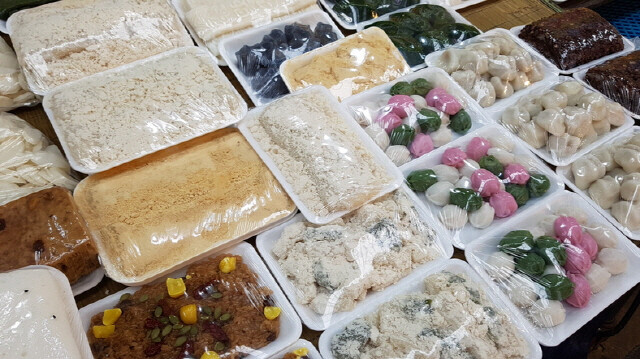
Tteok, a versatile and beloved Korean rice cake, has been a staple in Korean cuisine for centuries. Made from glutinous rice flour, these chewy and sweet treats come in a variety of shapes, sizes, and flavors, each with its own unique cultural significance.
One of the most popular tteok varieties is garaetteok, thin, white rice cakes that are often sliced and enjoyed in a savory soup called tteokguk. This dish is traditionally consumed on Lunar New Year's Day, symbolizing a fresh start and a year older.
Another iconic tteok is songpyeon, half-moon-shaped rice cakes filled with sweet fillings like honey, chestnut, soybean, or sesame. These bite-sized treats are a quintessential part of Chuseok, the Korean Thanksgiving holiday.
Baekseolgi, a pure white rice cake, holds special significance in Korean culture. It is often served on a baby's first birthday, symbolizing a wish for a long and prosperous life.
Tteok's versatility and cultural significance have made it an enduring part of Korean culinary heritage. Whether it's a celebratory occasion or a simple everyday snack, tteok continues to delight and nourish people of all ages.
source : Global Economic Times(https://www.globaleconomictimes.kr)
[Copyright (c) Global Economic Times. All Rights Reserved.]





























